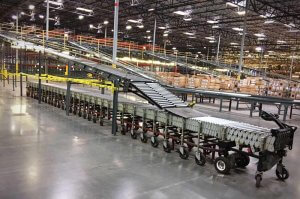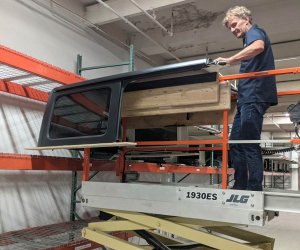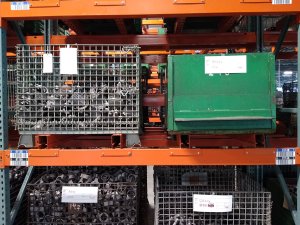Maximizing Efficiency: The Advantages of Implementing Flexible Conveyors in Your Warehouse - In today's fast-paced warehouse environments,...
As both a service and product based business, SJF employees work with many people every day. Not...
Today’s post is courtesy of John Hamlin Artificial Intelligence – The capacity of robots to mimic or...
By Eric ThovsonSJF Material Handling Solutions Specialist Joiiio was born from the minds of Jeep owners. It...
By Justin ErkenbrackSJF Material Handling Solutions Specialist Forklift entry bars are used to keep product supported off...
On Friday, May 27th, SJF had it’s first potluck of the year. As much as we enjoyed...
SJF’s Solution’s Specialists are available for professional advice and maybe even a joke or two. Give them...
Accounting assistant? Security guard? You decide. But we all agree that Pedro is all business at SJF!...






